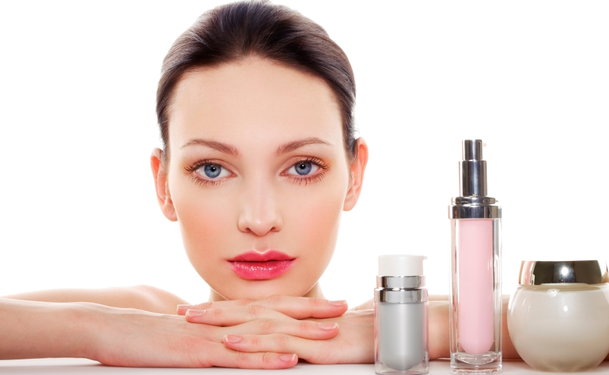Americans spend billions of dollars each year on anti-aging treatments, from over-the-counter products and microdermabrasion to chemical peels and dermal fillers. The reality is that we want to look younger—no matter our age—and because of this, we buy into the latest creams or celebrity-endorsed procedures that promise to turn back our clocks. The problem is that not all products and treatments make good on their pledge. Here are a few guidelines from the professionals to help you choose the anti-aging treatments that best suit your needs.
Over-the-Counter (OTC) Products
You can find countless OTC anti-aging skin products at your local drugstore, but many are not very effective at eliminating wrinkles and other signs of aging like hollow/sunken eyes and sagging skin. This is often because OTC products are not prescription-strength and therefore do not have enough of the active ingredient to cause more drastic and noticeable results. Rather, most just minimize the tell-tale signs of aging, which means the skin problem is still present but less noticeable. For this, a lot of these products are best for people in their 20s who have not begun to show signs of aging or if they have, the signs are very subtle and just starting to set in.
If you are beyond your 20s, or if you are in your 20s and have premature aging due to excessive sun exposure or other factors, all is not lost; there are some OTC products that are better than others.
Products with retinol (a derivative of vitamin A) and peptides (strings of amino acids that are the building blocks of protein) can more drastically reduce the appearance of fine lines and wrinkles than most other OTC products--and they may be able to give the face a fuller, more plump look.
Still, it is important to note that looking younger goes beyond just minimizing wrinkles and volumizing hollow areas, age spots and sagging, loose skin are just two other conditions that cause us to look older. This means that products with retinol and peptides alone will not do the trick. It can take a mix of anti-aging ingredients to get the desired results, and even then they are dependent on whether the product is used daily and as instructed.
Microdermabrasion
Microdermabrasion is a dermatologist-guided treatment that uses abrasive tools to remove the top layer of skin. The abrasive tools work like sandpaper on wood; they slough off old, dead skin in order for new, healthier skin to emerge. Also, the shedding process changes the texture of the skin, taking it from rough to smooth. These improvements help minimize the appearance of acne scars, photoaging, acne, fine lines and wrinkles, and hyperpigmentation.
The number of sessions needed depend on the condition of the patient’s skin and what he or she is attempting to achieve. Still, regardless of these factors, frequent sessions will be needed to maintain results, especially as it relates to remaining wrinkle-free, having a smooth complexion and breaking up pigmentation. There are also side effects of the treatment to consider like uneven changes in skin color, scarring and darkening of the skin if exposed to the sun too early.
Chemical Peels
Chemical peels use chemical agents to remove the top layer of the skin and thus stimulate new growth. Like microdermabrasion, they are helpful in ridding skin discoloration and minor scars. They also work to smooth skin texture and fine lines and wrinkles.
However, the effectiveness of chemical peels and how long the results will last, depends on their strength. Stronger peels are designed to remove more of the top layer and thus target severe wrinkles, long-term sun damage and pigment issues. Medium peels treat mild to moderate wrinkles, sun damage and discoloration. Superficial peels improve the appearance of acne scars, fine lines, mild sun damage and pigment changes int he skin.
Injectables and Fillers
Dermal fillers are substances—some occurring naturally in the body and others synthetic—that are injected into the skin to plump up and fill in hollow areas, fine lines and wrinkles. They can be used practically anywhere on the face, including the forehead, lips, cheeks, under the eyes and around the mouth. Their goal is to plump and tone the skin so that it appears more youthful and taut. Fillers are very effective at achieving this, but overfilling, bruising and allergic reaction can be an issue for some.
How long the results will last—be it several months to a year—depends on the substance used, as each filler has its own time frame to which it lasts.
Laser Skin Resurfacing
The benefits of laser skin resurfacing can last up to several years and may only require one to two sessions. Laser skin resurfacing procedures use laser light to bore small holes into the skin, causing purposeful damage. Doing this causes the body to go into healing mode and amp up collagen production. As a result, wrinkles and fine lines are drastically minimized, sunken areas look fuller and areas of pigmentation (e.g. liver spots and age spots) are broken up to give the skin a more even complexion.


